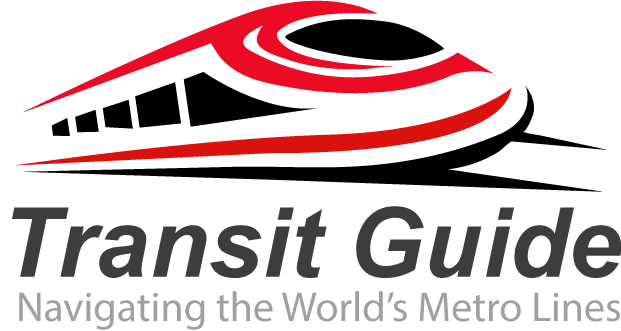Canberra Light Rail represents a significant milestone in Australia’s public transportation infrastructure. As the nation’s capital embraces modern transit solutions, the light rail system has transformed how residents and visitors navigate the city. This comprehensive guide covers everything you need to know about Canberra’s innovative light rail network.
What is Canberra Light Rail?
Canberra Light Rail, officially known as the Capital Metro Light Rail, is a modern tram system serving Australia’s capital city. The system began operations in April 2019, marking Canberra’s return to rail-based public transport after decades of bus-only services. The light rail connects key areas of the city with efficient, environmentally friendly transportation.
Route and Stations
Stage 1: Gungahlin to City
The current Canberra Light Rail system operates along a single 12-kilometer line connecting Gungahlin in the north to the city center. The route includes 13 strategically located stations:
Northern Terminus:
- Gungahlin Place
- Ngunnawal
- Nicholls
- Manning Clarke
- Mitchell
Central Stations:
- Sandford Street
- Macarthur
- Dickson
- Swinden Street
- Phillip Avenue
- Ipima Street
- Well Station Drive
Southern Terminus:
- Alinga Street (City Center)
Each station features modern amenities including weather protection, real-time arrival displays, and accessibility features for passengers with mobility challenges.
Operating Hours and Frequency
Canberra Light Rail operates seven days a week with regular service intervals:
- Weekdays: 6:00 AM to 11:00 PM
- Saturdays: 6:00 AM to 11:00 PM
- Sundays: 8:00 AM to 11:00 PM
During peak hours, trains run approximately every 6 minutes, while off-peak services operate every 15 minutes. This frequent service ensures minimal waiting times for passengers throughout the day.
Ticketing and Fares
The light rail integrates seamlessly with Canberra’s existing public transport network through the MyWay card system. Passengers can use the same ticketing method across buses and light rail services.
Fare Structure:
- Adult single journey: Approximately $3.50-$5.20 (depending on zones)
- Concession rates available for students, seniors, and eligible cardholders
- Daily and weekly passes offer better value for regular users
Tickets can be purchased at station platforms or topped up online through the Transport Canberra website.
Future Expansion: Stage 2
Canberra Light Rail’s expansion is already underway with Stage 2, which will extend the network from the city center to Woden. This 13-kilometer extension will add 11 new stations and connect major employment centers, shopping areas, and residential districts. Stage 2 is expected to begin operations in the mid-2020s.
The planned route will serve key destinations including:
- Commonwealth Park
- New Parliament House area
- Barton
- Kings Avenue Bridge
- Woden Town Centre
Benefits of Canberra Light Rail
Environmental Impact
The light rail system significantly reduces carbon emissions by providing an electric alternative to car travel. Each light rail vehicle can carry up to 300 passengers, potentially removing hundreds of cars from Canberra’s roads during peak periods.
Economic Development
The light rail corridor has spurred significant urban development and investment. Property values along the route have increased, and new residential and commercial projects continue to emerge near stations.
Improved Connectivity
The system creates better connections between Canberra’s northern suburbs and the city center, reducing travel times and providing reliable transport regardless of weather conditions.
Tips for Using Canberra Light Rail
- Plan Your Journey: Use the Transport Canberra app for real-time arrival information
- Peak Hour Travel: Allow extra time during morning and evening rush periods
- Accessibility: All stations and vehicles are wheelchair accessible
- Bicycle Storage: Limited bicycle storage is available on vehicles
- Tourist-Friendly: The light rail connects to many popular destinations and integrates with bus services
Conclusion
Canberra Light Rail represents a modern, sustainable transportation solution for Australia’s capital. With its efficient service, growing network, and positive environmental impact, the system continues to enhance Canberra’s livability and connectivity. As Stage 2 development progresses, the light rail will become an even more integral part of the city’s transportation infrastructure, serving residents and visitors for generations to come.
Whether you’re a daily commuter, occasional visitor, or tourist exploring Canberra, the light rail offers a convenient, reliable way to navigate the nation’s capital while contributing to a more sustainable urban environment.
